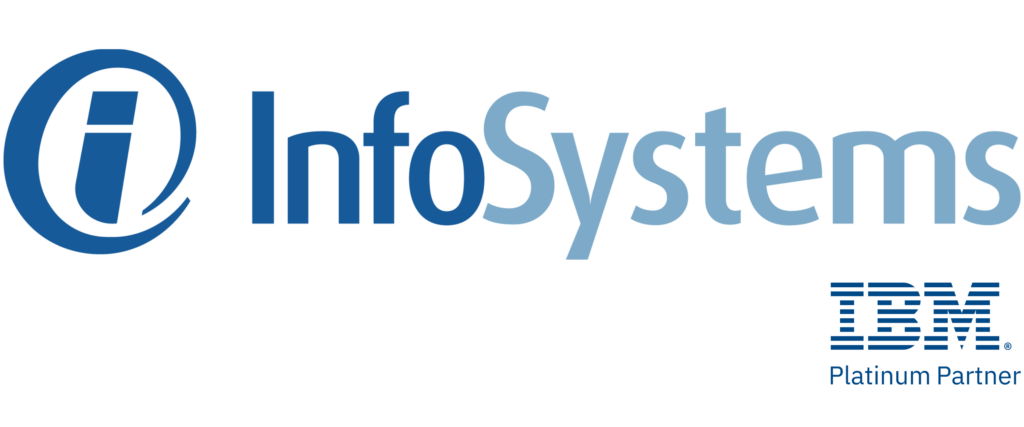Healthcare providers have been working with the Health Insurance Portability and Accountability Act (HIPAA) since 1996, so you’re likely no stranger to the importance of being “HIPAA compliant.” After all, the primary purpose was to standardize the use of electronic health information. Seeing that advances in technology could endanger the privacy of health information, Congress mandated through HIPAA the development of nationwide security standards for electronic health information and the creation of privacy standards for protected health information.
But as technology and healthcare has evolved since 1996, so have the HIPAA standards. It’s up to the healthcare professionals to be in compliance, and many rely on close partnership with IT professionals to comply with requirements. Now, as Artificial Intelligence (AI) is becoming more widely adopted by businesses and individuals, we must consider how we can maintain HIPAA compliance while navigating the brave new world of AI.
[ This article is part of our Guide to Proactive IT Strategy. ]
Navigating Technical Safeguards in the AI Era
We’ve seen recent healthcare applications of AI, leveraging its ability to process and analyze data in virtually no time to speed delivery, optimize resource allocation, allow faster diagnoses, and improve patient outcomes. The problem is, this is uncharted territory when it comes to patient privacy and even AI experts struggle to agree on the best approach that guarantees privacy.
AI has been effective in three key areas.
- Leveraging AI to analyze patient data allows providers to identify high-risk individuals, leading to earlier intervention in the cases of diabetes, cardiovascular conditions, and cancer.
- Applying AI to image recognition systems speeds the process and increases the accuracy of classifying radiology images, leading to earlier detection of tumors, lesions, or other abnormalities in scans.
- Using AI to analyze genetic information and medical history enables physicians to process large amounts of data and quickly apply those findings to the patient under their care.
These are incredibly valuable benefits not only to patient outcomes, but also to the business side of a healthcare organization. But, as you can imagine, these applications can quickly become huge vulnerabilities regarding protected health information (PHI).
Administrative Safeguards: Beyond the Basics
When leveraging AI in regards to healthcare information, there are some key steps that you can take to make sure that you comply with HIPAA.
- Anonymize patient data: Employ de-identification techniques such as removing direct identifying information or aggregating data. Remove the ability of a patient to be re-identified and you’ll reduce the risk of unintended disclosure.
- Ask for patient consent: When you transparently communicate that you’ll be leveraging AI models, and you clearly explain the benefits and risks of doing so, you’ll not only establish patient trust through your transparency, you’ll also comply with HIPAA standards with their informed consent.
- Educate your staff: Train and educate your physicians, nurses, and administrative staff on the intersection of HIPAA regulations and AI integration. They need to be trained often on data security, patient privacy, and expectations on how to leverage AI appropriately. This is important to revisit regularly because of the ever-changing landscape of AI as well as the continually updating nature of HIPAA regulations.
Physical Safeguards in a Digital World
Ensuring the safety and security of your patients’ data is not limited to electronic vulnerabilities. Considering the physical security of your buildings and offices as well as data centers where you store data is equally important.
As you work to comply with the HIPAA requirements from an electronic perspective, don’t neglect to consider the human element as well.
- How difficult is it for someone to gain unauthorized entrance to your office?
- Where are your most important files and computers stored?
- Do you have security cameras and who is monitoring those?
Consider changing your perspective about the value of security cameras. Their value is not in the endless hours of footage that could be used to find proof of an incident. Their value is in the ability to monitor and identify potential threats in real time.
This concept applies to the security posture of your system. You want to have all of these safeguards in place so that you have sight lines into your day-to-day operations – both in person and online – so that you can ideally stop a threat before it happens. And if you can’t do that, you can respond more quickly than if you’d been asleep at the wheel.
Staying Ahead of the Curve: Recent Changes and Challenges
With several changes currently proposed to the HIPAA Privacy Rule, we expect to see an update finalized very soon. Until then, we’re anticipating potential updates that would require electronic health record systems that use AI and algorithms to disclose information to users about how those technologies work and the data being used.
This feels closely aligned with the spirit of HIPAA – that the individual’s privacy is extremely valuable and individuals have a right to privacy.
Leveraging AI tools to provide better patient care and optimize your medical practice is a great use of the technology. And we believe that as long as you stay vigilant and proactive in your compliance efforts, AI has great potential to help provide better care to patients.
If you need guidance or support in how to balance the tension of leveraging AI and complying with HIPAA, give us a call.
[ This article is part of our Guide to Proactive IT Strategy. ]
InfoSystems is an IBM Platinum Partner

Meet with one of our IBM specialists to ask questions and talk about IBM Storage, IBM Security, IBM Watson, and other premier solutions from IBM.
